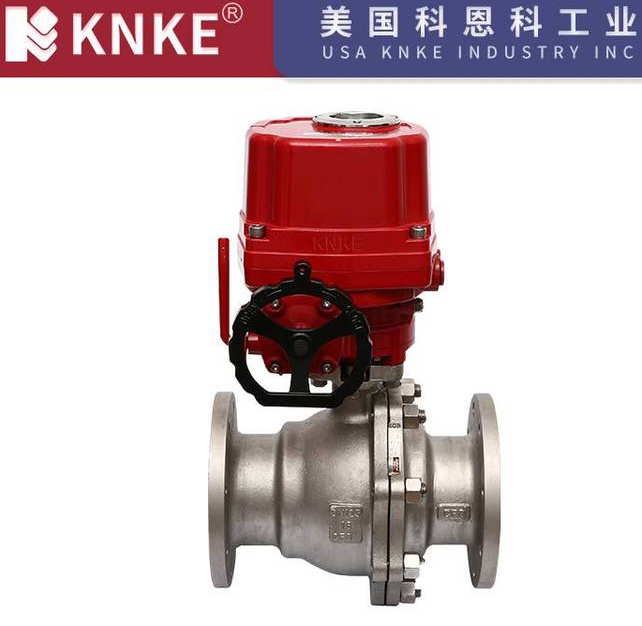Advantages of Electric Ball Valves: A Comprehensive Guide
In the world of modern industrial automation, fluid control is a critical component. From petrochemicals to water treatment, and from food and beverage to pharmaceuticals, the precise transportation and control of various media depend on reliable valves. Among the many types of valves available, electric ball valves are becoming the preferred choice for more and more industries due to their unique advantages.

1. Simple Structure, Superior Sealing Performance
The core component of an electric ball valve is a spherical body with a through-hole. An electric actuator drives the sphere to rotate 90° to open or close the valve. This simple quarter-turn structure minimizes moving parts and reduces the chance of failure. More importantly, the seal between the ball and the valve seat, made from high-performance materials like PTFE or PPL, achieves zero leakage. This sealing performance is far superior to many other valve types, making it ideal for applications with stringent sealing requirements.
2. Low Torque and Fast Operation
Because the switching principle of a ball valve is based on a rotational motion, its friction is significantly less than that of gate or globe valves, which use linear motion. Therefore, the torque required to operate the valve is very low. This allows for the use of smaller, lighter electric actuators, which in turn reduces the overall cost and energy consumption of the equipment. Additionally, the operation of a ball valve is very fast, often completing in just a few seconds. This is crucial for emergency shut-off or frequent switching applications that require a rapid response.
3. High Reliability and Long Service Life
The straight-through flow design of electric ball valves means the medium passes through with minimal resistance, resulting in a very low flow resistance coefficient. This not only reduces energy loss but also effectively prevents impurities or particles in the medium from getting stuck. The sliding motion between the ball and the seat during operation provides a self-cleaning effect, preventing scaling. These features significantly extend the service life of the electric ball valve and reduce maintenance costs.
4. Precise Control and Automation
Modern electric actuators integrate various smart control modules, such as position feedback, torque protection, and fieldbus interfaces. These functions enable electric ball valves to do more than just simple on/off control—they can also be used for flow regulation (V-port ball valves), remote control, and interlocking systems. When integrated with PLC or DCS systems, they can easily achieve a high degree of automation in fluid control processes, improving production efficiency and safety.
5. Wide Application and Versatile Use
The material options for electric ball valves are highly diverse, ranging from cast steel and stainless steel to alloy steel and even special materials, meeting the requirements of different media and temperatures. They can handle a wide variety of fluids, including steam, water, oil, natural gas, and chemicals, and can withstand a broad pressure range from vacuum to high pressure. Whether for harsh industrial environments or precision equipment requiring fine control, an electric ball valve offers a suitable solution.
